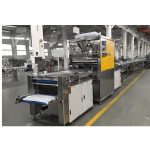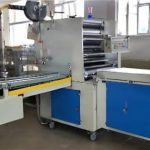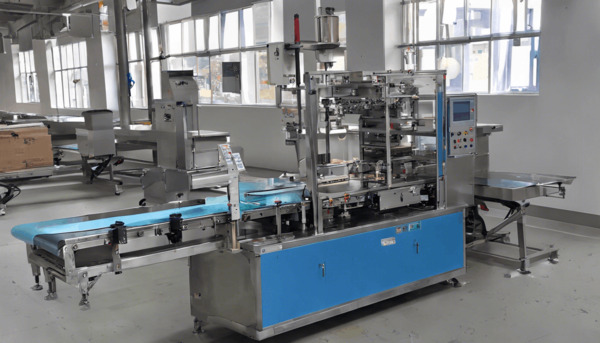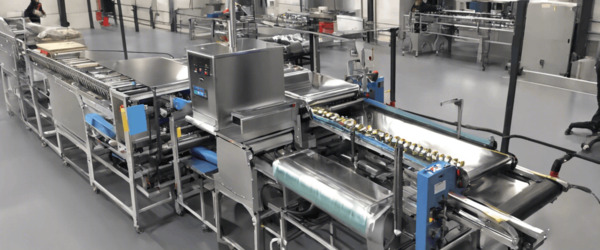
Introduction to Tube Filling Machines
Tube filling machines play a vital role in industries such as pharmaceuticals, cosmetics, food, and chemicals where products are packaged in tubes. These machines are designed to fill various materials like creams, ointments, gels, pastes, and semi-solid substances into tubes made of aluminum, plastic, or laminated materials. The filled tubes are then sealed or folded to ensure product safety and quality. This article delves into the working principles of tube filling machines, their components, and how they are applied in industrial processes.
Principle of Tube Filling Machines
The principle of tube filling machines revolves around automation and precision. The machine works by carrying out a series of operations that include feeding the empty tubes, filling them with the desired product, sealing or folding the open ends, and finally ejecting the completed tubes. Each step is meticulously coordinated to ensure consistency and accuracy in every filled tube. Below is an in-depth explanation of the fundamental working principles:
1. Tube Loading and Orientation
Empty tubes are loaded into the machine either manually or automatically using a feeding mechanism. Once loaded, the tubes pass through an orientation station equipped with sensors to ensure proper alignment of the tube’s opening. This is critical for accurate filling and sealing.
2. Product Dosing
The product is held in a stainless steel hopper and delivered to the tubes via a dosing system, which typically employs a piston pump mechanism. The pump precisely measures the volume of the product to be dispensed into each tube. Depending on the material’s viscosity, some machines use multiple sets of piston pumps for efficient dosing.
3. Filling Process
Once the tube is properly oriented, the product is dispensed into it through a nozzle that fits securely into the tube’s opening. The filling operation is performed without spillage or air pockets, ensuring that each tube contains the exact amount of product specified.
4. Sealing or Folding
After filling, the open end of the tube is sealed (in the case of plastic tubes) or folded (for aluminum tubes). This process involves heating elements for plastic sealing or mechanical crimping jaws for folding aluminum tubes. Machines may perform multiple folds for added security.
5. Coding and Ejection
Optional batch coding systems can imprint manufacturing details onto the sealed or folded area for traceability purposes. Finally, the completed tubes are ejected from the machine and collected for packaging or distribution.
Components of Tube Filling Machines
Tube filling machines consist of several key components, each contributing to the efficiency and accuracy of the operation:
1. Hopper
The hopper is a stainless steel container where the product is stored before being dispensed into the tubes. It often comes with a stirrer to maintain uniform consistency.
2. Tube Holder
Tube holders are designed to secure the tubes during filling, sealing, or folding operations. They are adjustable to accommodate various tube sizes.
3. Dosing Pump
The dosing pump measures and dispenses the precise quantity of product into each tube. It can be cam-driven for smooth operation and may vary based on product characteristics.
4. Orientation Sensors
Orientation sensors detect and align each tube properly before it moves to the filling station.
5. Heating Elements and Crimping Jaws
These components seal plastic tubes using heat or fold aluminum tubes using mechanical pressure.
6. Ejection Mechanism
Completed tubes are ejected from the machine through cam-based lifting pins or similar mechanisms for collection.
Applications of Tube Filling Machines
Tube filling machines are indispensable in various industries due to their ability to handle diverse products with varying viscosities and compositions:
Pharmaceuticals
These machines are widely used for packaging creams, ointments, and gels in aluminum or plastic tubes for medical applications.
Cosmetics
Products like face creams, hair gels, and toothpaste are often packaged using tube filling machines to maintain hygiene and convenience.
Food Industry
Sauces, condiments, and other semi-liquid food products are also packaged in laminated or plastic tubes.
Integration with Automatic Weighing and Packing Machines
Modern tube filling machines can be integrated with automatic weighing and packing systems to enhance production efficiency further:
Automated Weighing
Before or after the filling process, automated weighing systems ensure that each filled tube matches the specified weight criteria.
Packing Automation
Following the ejection stage, automatic packing machines can sort, box, and label filled tubes for streamlined packaging operations.
Conclusion
Tube filling machines are an essential part of modern manufacturing processes across multiple industries due to their precision and efficiency in packaging semi-solid products into tubes. By automating tedious tasks such as filling, sealing, folding, coding, and ejection, these machines reduce human intervention while ensuring high-quality output. Integration with automatic weighing and packing systems further enhances their utility, making them an invaluable asset in industrial production lines.




